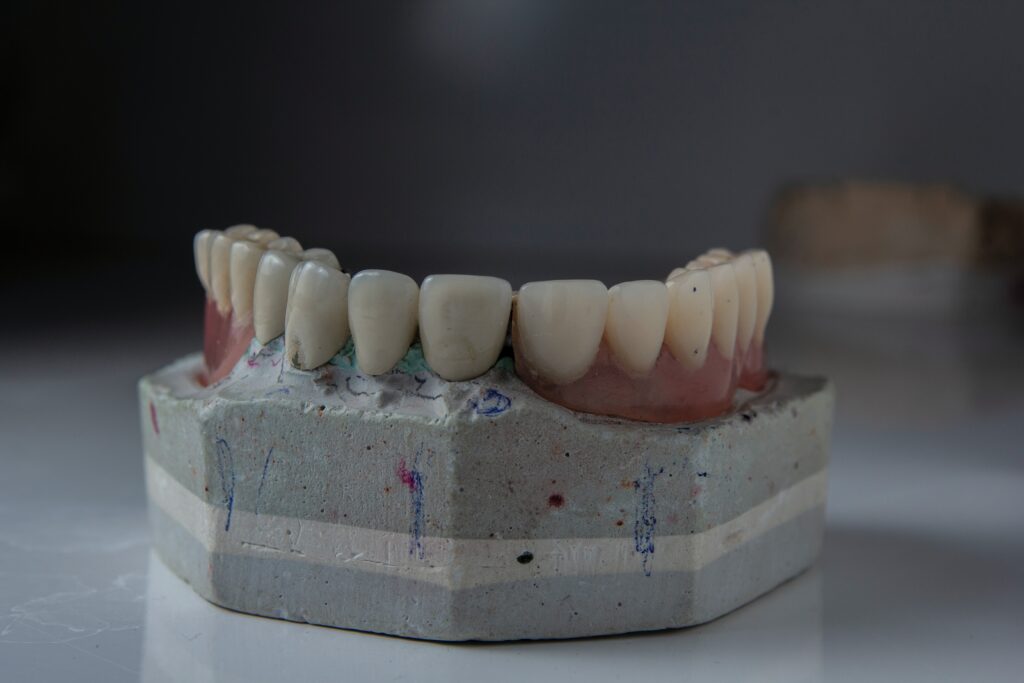
Navigate root canal costs in Australia with budget-friendly dental care tips. Get the lowdown on managing expenses and finding affordable treatment.
If you’re facing dental issues that involve the root of your tooth, root canal treatment may be necessary. This procedure is designed to save a damaged or infected tooth by removing the infected pulp and sealing the root canal. Understanding the basics of root canal treatment can help alleviate any concerns you may have.

Photo by Ozkan Guner on Unsplash
A root canal is the natural cavity within the tooth that contains the dental pulp, which consists of nerves, blood vessels, and connective tissue. When the pulp becomes infected or inflamed due to tooth decay, cracks, or trauma, a root canal treatment is often needed to prevent further damage and relieve pain.
During the procedure, your dentist will carefully remove the infected pulp from the tooth, clean the root canal, and fill it with a biocompatible material. This process helps to eliminate the source of infection and restore the tooth’s functionality.
Root canal treatment is typically recommended when the dental pulp becomes infected or inflamed. Some common signs that indicate the need for a root canal include:
If you are experiencing any of these symptoms, it’s important to schedule an appointment with your dentist as soon as possible. Early intervention can prevent the infection from spreading and potentially save the tooth.
Root canal treatment is a crucial dental procedure that offers several important benefits. By undergoing this treatment, you can:
It’s important to note that root canal treatment is typically a painless procedure thanks to modern techniques and anesthesia. Your dentist will ensure your comfort throughout the process.
Understanding the basics of root canal treatment can help you make informed decisions about your dental health. If you suspect you may need a root canal, it’s essential to consult with a dental professional to determine the best course of action. For more information on root canal treatment and related topics, you can visit our article on root canal treatment.
When considering the cost of a root canal treatment, several factors come into play. These factors can influence the overall cost of the procedure. It’s important to understand these factors in order to navigate the root canal costs effectively. Here are three key factors that can affect the cost of a root canal treatment:
The complexity of the root canal case is a significant factor that impacts the cost. Some teeth may have a single canal, while others may have multiple canals or complex root structures. The more complex the case, the more time and expertise required from the dentist, which can lead to higher costs.
Additionally, if there are any complications present, such as the need for retreatment of a previous root canal or the presence of an infection, the treatment may require additional steps and resources, leading to increased costs.
The location and reputation of the dental practice can also impact the cost of a root canal treatment. Dental practices in urban areas or premium locations tend to have higher overhead costs, which can be reflected in their prices. On the other hand, practices in more rural or suburban areas may have lower operating costs and, consequently, lower treatment costs.
Furthermore, the reputation and expertise of the dentist or endodontist performing the root canal can influence the cost. Specialists with extensive experience and a high level of expertise may charge higher fees due to their specialized skill set.
In some cases, additional procedures or treatments may be necessary alongside the root canal treatment. For example, a dental crown may be required to protect and restore the tooth after the root canal. This additional step can increase the overall cost of the treatment.
Other potential procedures that may impact the cost include dental x-rays, diagnostic tests, and the need for sedation or anesthesia during the procedure. The inclusion of these additional procedures can vary from case to case, so it’s important to discuss them with your dentist and understand their potential impact on the overall cost.
Understanding these factors can help you better navigate the cost of a root canal and make informed decisions about your dental care. It’s important to discuss these factors with your dentist and ask for a detailed breakdown of the costs associated with your specific case. By doing so, you can plan accordingly and explore different options to manage the cost, such as dental insurance, payment plans, or government assistance programs.
If you’re considering root canal treatment in Australia, it’s important to have an understanding of the potential costs involved. The cost of a root canal can vary depending on various factors, including the location, complexity of the case, and the tooth being treated. Here is an overview of the average cost ranges for root canal treatment in Australia:
Root canal treatment for front teeth tends to be less complex compared to other teeth, resulting in a relatively lower cost. On average, the cost range for root canal treatment in front teeth can vary from $800 to $1,500.
Premolars are located between the front teeth and molars, and the cost of root canal treatment for premolars may be slightly higher than for front teeth. The average cost range for root canal treatment in premolars typically falls between $900 and $1,800.
Molars are the back teeth and usually have multiple roots, making them more complex to treat. As a result, root canal treatment for molars tends to be more expensive. On average, the cost range for root canal treatment in molars can vary from $1,000 to $2,500.
It’s important to note that these cost ranges are approximate and can vary depending on various factors, including the specific dental practice and the complexity of your case. To get a more accurate estimate, it’s recommended to consult with a dentist who can evaluate your specific situation and provide you with a personalized treatment plan.
To help manage the costs of root canal treatment, you may want to explore options such as dental insurance, health funds, government assistance programs, or payment plans offered by dental practices. Our article on root canal cost in Australia provides more information on these options.
Remember, while cost is an important consideration, it’s crucial to prioritize your dental health and choose a qualified and experienced dentist for your root canal treatment. By discussing treatment plans and costs with your dentist, you can make informed decisions that balance both your financial situation and the quality of care you receive.
If you’re concerned about the cost of root canal treatment, there are several strategies you can employ to help manage the expenses. Here are three options to consider:
Having dental insurance or being a member of a health fund can significantly reduce your out-of-pocket expenses for root canal treatment. Before undergoing any dental procedure, including a root canal, it’s important to review your insurance policy or speak with your health fund provider to understand the coverage and benefits available to you. This will give you a clearer picture of the financial assistance you can expect. Be sure to inquire about any waiting periods, annual limits, and specific coverage for root canal procedures.
In Australia, there are government assistance programs that provide financial support for dental treatment, including root canals. The eligibility and availability of these programs may vary depending on your location and circumstances. Programs such as the Child Dental Benefits Schedule (CDBS) and public dental clinics offer subsidized or free dental services for eligible individuals, particularly children and concession cardholders. Research the options available in your area and check if you qualify for any government assistance programs.
Many dental practices offer flexible payment plans and financing options to help patients manage the cost of root canal treatment. These arrangements allow you to spread out the expense over a period of time, making it more affordable and manageable. Some dental clinics may work with third-party financing companies to provide low-interest or interest-free payment plans. Before proceeding with treatment, discuss the available payment options with your dentist or the dental practice’s financial coordinator to find a solution that suits your budget.
By exploring these avenues, you can find ways to make root canal treatment more financially feasible. Remember to research dental practices, seek second opinions, and have open discussions with your dentist about treatment plans and costs. This will help you make informed decisions regarding your oral health while considering your budgetary constraints.
If you’re in need of a root canal treatment, it’s important to find an option that fits your budget. Here are some strategies for finding affordable root canal treatment:
Start by researching different dental practices in your area. Look for clinics that specialize in root canal treatments and have a reputation for providing quality care at reasonable prices. Online reviews and recommendations from friends or family can help guide your search. By comparing the services and prices offered by multiple dental practices, you can make an informed decision.
Don’t hesitate to seek second opinions when it comes to root canal treatment. Different dentists may have varying treatment approaches and pricing structures. Getting a second opinion can help you understand the extent of the treatment needed and explore alternative options. It’s important to note that seeking a second opinion does not mean you have to switch dentists. Instead, it allows you to gather more information and make an educated choice.
Open communication with your dentist is crucial when it comes to managing the cost of a root canal. Discuss your budget and concerns upfront. Your dentist may be able to work with you to develop a treatment plan that fits your financial situation. They can also provide information about any available payment plans or financing options that can help make the treatment more affordable. Remember to ask about the potential risks and benefits associated with different treatment options.
By researching dental practices, seeking second opinions, and discussing treatment plans and costs with your dentist, you can find an affordable root canal treatment option that meets your needs. Remember, the cost of the treatment should not be the sole determining factor. It’s important to prioritize the quality of care and the expertise of the dental professional.